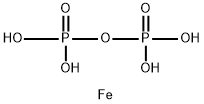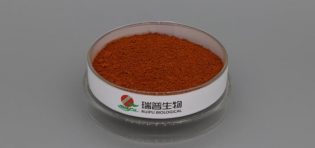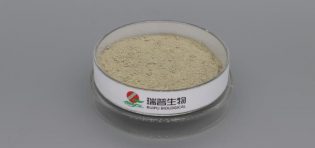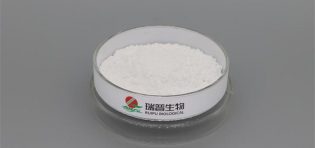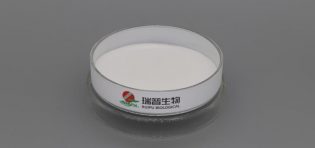
We can distinguish the advantages and disadvantages of ferric pyrophosphate solely based on its appearance can be challenging.However, here are some general considerations to keep in mind when assessing the quality of ferric pyrophosphate.
Ferric pyrophosphate is typically a reddish-brown powder.The color should be consistent throughout the sample.If we notice significant variations in color or if the powder appears pale or discolored, it may indicate impurities or degradation of the product.
The ferric pyrophosphate powder should have a uniform texture and consistency.It should be free-flowing and without any clumps or lumps.If the powder appears clumpy or uneven, it could suggest moisture ingress or inadequate processing.
Ferric pyrophosphate should have a neutral or faint metallic odor.If we detect any strong, unpleasant, or unusual odors, it may indicate contamination or degradation of the product.
We assess the packaging of the ferric pyrophosphate.It should be properly sealed to prevent moisture or air exposure. We can check for any signs of damage, such as tears, punctures, or leaks, as these can affect the quality and stability of the product.
While visual assessment can provide some initial indications, it is important to note that the appearance alone may not reveal the full quality of ferric pyrophosphate. To obtain a comprehensive assessment, we can consider other factors such as sourcing from reputable suppliers, reviewing quality certifications, and requesting additional product documentation, such as certificates of analysis (COA) or third-party testing reports.Conducting our own tests or seeking assistance from a qualified laboratory can also provide more accurate and detailed information about the quality and suitability of ferric pyrophosphate for our intended application.

